NJ’s office parks get makeover (left); NJ Senate advances expanded tax incentives for construction bill; Colorado enacts TOD law; Adaptively reusing parking structures; Kyrgyzstan seeks more transit, bike & ped infrastructure (right top-to-bottom)
Article of the Week

COVID Was Final Blow to Some NJ Suburban Office Parks. Here’s What They’re Morphing Into
Daniel Munoz, AOL/NorthJersey.com, May 16 2024
James Hughes, dean emeritus of the Bloustein School of Planning and Public Policy at Rutgers University, highlights a growing trend in the adaptive reuse of office parks into mixed-use developments. This shift, accelerated by the pandemic’s push towards remote work, turns once-bustling corporate spaces into vibrant residential and commercial hubs. Notable examples include the conversion of former corporate campuses like Hoffmann La-Roche and Mercedes-Benz into new communities. These projects reflect a broader movement towards revitalizing and repurposing suburban landscapes to accommodate evolving work and lifestyle needs.
NJ TOD News

Senate Panel Approves Changes to Tax Incentive Program
Nikita Biryukov, New Jersey Monitor, May 16 2024
A new State Senate bill proposes amendments to the NJEDA’s ASPIRE program to support transit-oriented development. The proposal would enable the Economic Development Authority to issue bridge loans to close funding gaps. Additionally, the legislation would mandate a 60 percent occupancy for commercial projects and create incentives for redeveloping abandoned sites. Proponents of the bill aim to draw workers back into commercial centers, which have financially suffered in part due to remote work trends.
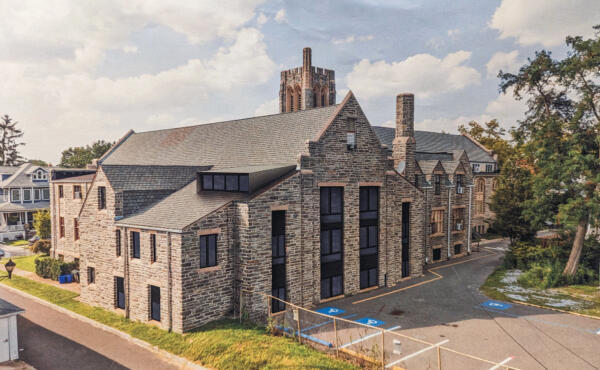
COLLINGSWOOD—Collingswood Planning Board Passes Presbyterian Church Redevelopment Project
Matt Skoufalos, NJ PEN, May 15 2024
The Collingswood Planning Board has approved the redevelopment of the Collingswood Presbyterian Church into a 26-unit apartment building, preserving much of its historic architecture. The project, led by Spring Hill Services, includes 12 one-bedroom and 14 two-bedroom units, with four designated as affordable housing. Situated near the Collingswood PATCO Speedline Station, in a designated New Jersey Transit Village, the development will feature 33 parking spaces, including EV infrastructure, and aims to maintain the building’s historic character while incorporating modern amenities.
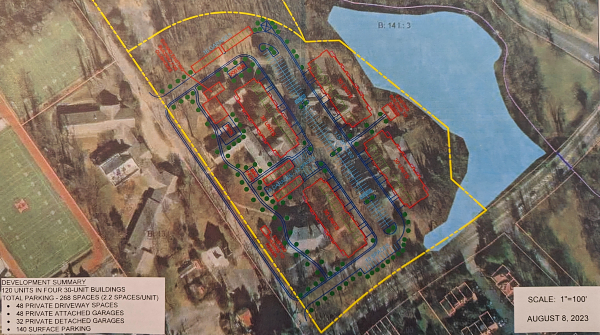
HADDONFIELD—Haddonfield Names Woodmont Properties Conditional Redeveloper for Bancroft Site
Matt Skoufalos, NJ PEN, May 14 2024
Haddonfield Township Commissioners have named Woodmont Properties as the conditional redeveloper for the former Bancroft School site, an 8.2-acre parcel located 0.8 miles from the Haddonfield PATCO Station. The proposed project includes 120 rental apartments, with 18 designated as affordable housing, and aims to preserve green space. The developer plans to purchase seven acres for $5.85 million, with a projected 24-month construction timeline, and will engage with the community for input on the development.
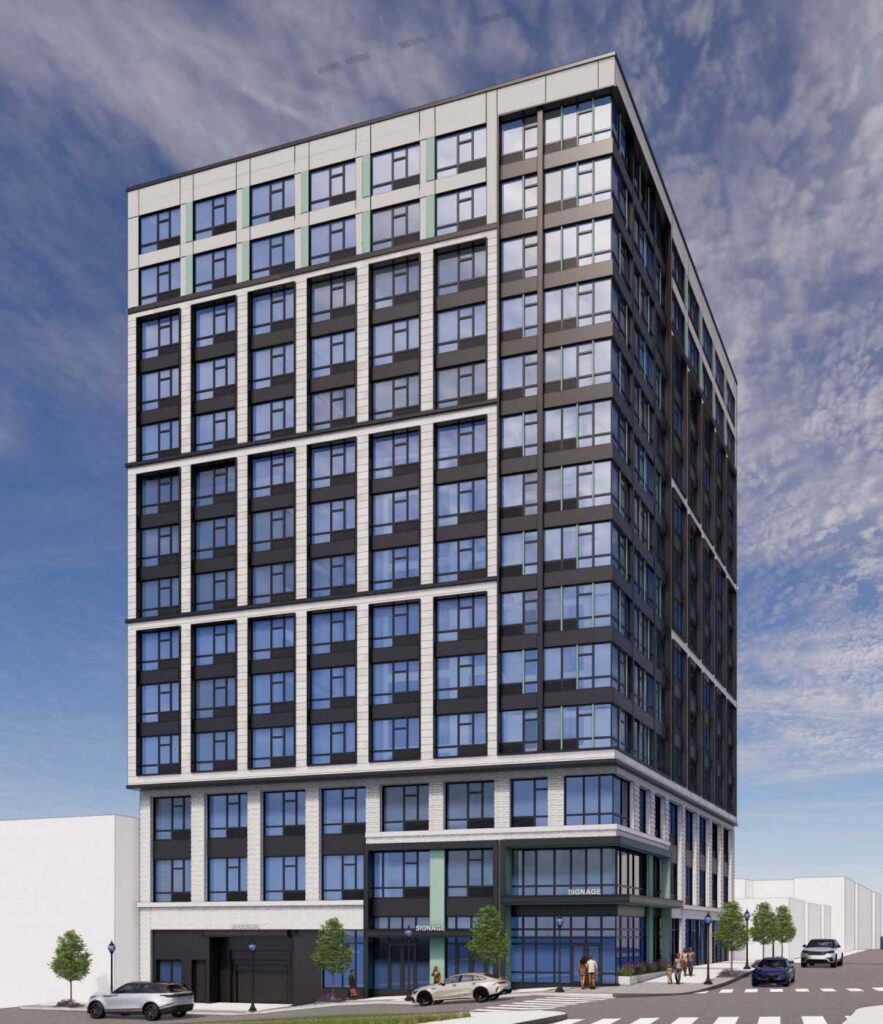
JERSEY CITY—Jersey City Approves Revamped 14-Story Project on Sip Avenue
Chris Fry, Jersey Digs, May 13 2024
An underutilized parking lot is set to be redeveloped into a 14-story, mixed-use complex, following approval from Jersey City’s Planning Board. Designed by Lambertville-based Minno Wasko, the building will house 151 residential units, including 85 studios, 44 one-, 19 two-, and 3 three-bedrooms. The development will feature 9,395 sq. ft. of retail space and 8,755 sq. ft. of office space. Future plans include a 14-spot parking garage in the cellar, with bicycle storage.
Transit and Equity News

CALIFORNIA—Transit Board Approves Negotiations for Affordable Housing at Oceanside Rail Stations
Phil Diehl, The San Diego Union-Tribune, May 16 2024
The North County Transit District in Oceanside has approved exclusive negotiating agreements with developers to build more than 500 affordable apartments near two Sprinter train stations. One project by USA Properties Fund Inc. and Waterford Property Co. plans 420 apartments at Melrose Drive, while another by S.V.D.P. Management Inc. proposes 98 apartments at Rancho Del Oro Boulevard. These developments aim to boost revenue, ridership, and meet housing requirements, with rents increasing annually and a focus on transit-specific amenities. Future negotiations will address lease details and ensure compatibility with the surrounding community.

WASHINGTON—Don’t Leave Communities Out of the Transportation Levy
Karen Sataka, Hieu Tran, & Slayman Appadolo, The Stranger, May 17 2024
Community organizers in Seattle, in response to the recent Levy to Move Seattle initiative, are calling on the city to ensure BIPOC communities avoid displacement. The Levy to Move Seattle is a property tax aimed at advancing equitably focused developments, in anticipation of new light rail stations in Rainier Valley and Chinatown/International District. The proposed $30 million funding will focus on acquiring land for affordable housing and other community projects, for new and existing residents. This investment aligns with Seattle’s broader planning goals and recent community polling shows slight support for the tax levy.
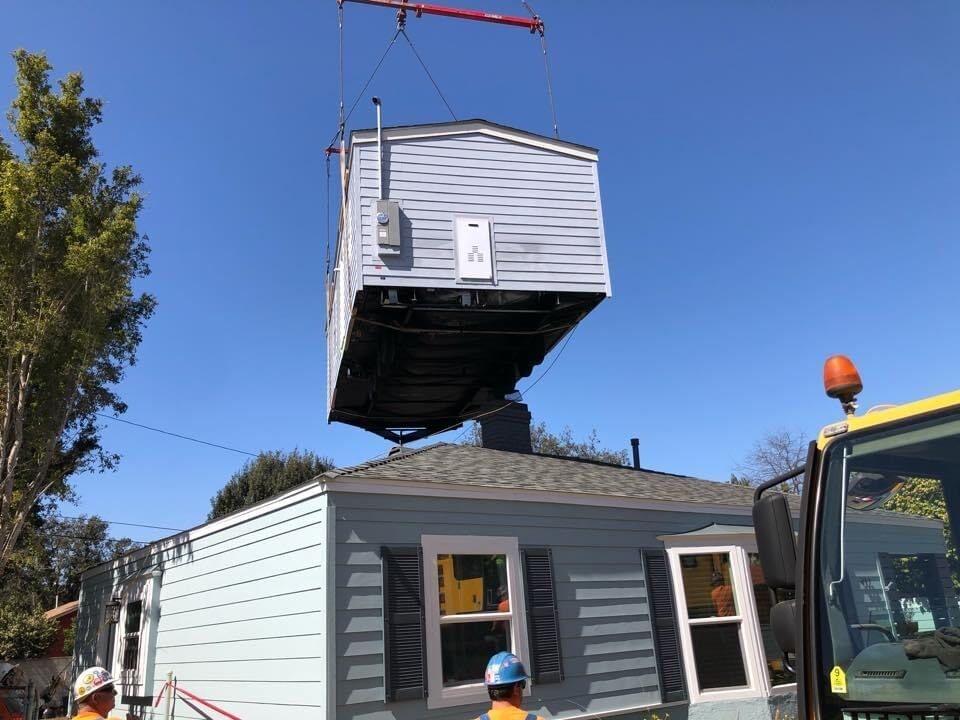
COLORADO—Colorado Gov. Jared Polis Signs Major Housing Bills, Pushing High-density Development
Marianne Goodland, Colorado Politics, May 15 2024
Governor Jared Polis has signed major housing legislation enacting transit-supportive zoning changes and expanding housing options. House Bill 1313 mandates local governments in five metro areas to adapt zoning for high-density housing near transit hubs to promote affordable housing. Penalties for noncompliance include withholding state funding for adversarial towns. House Bill 1152 encourages the addition of accessory dwelling units (ADUs) to increase housing supply, which has bipartisan support throughout the state. All new housing development must be 40 units per acre and will affect about 31 municipalities in the state.
Regional and National TOD News
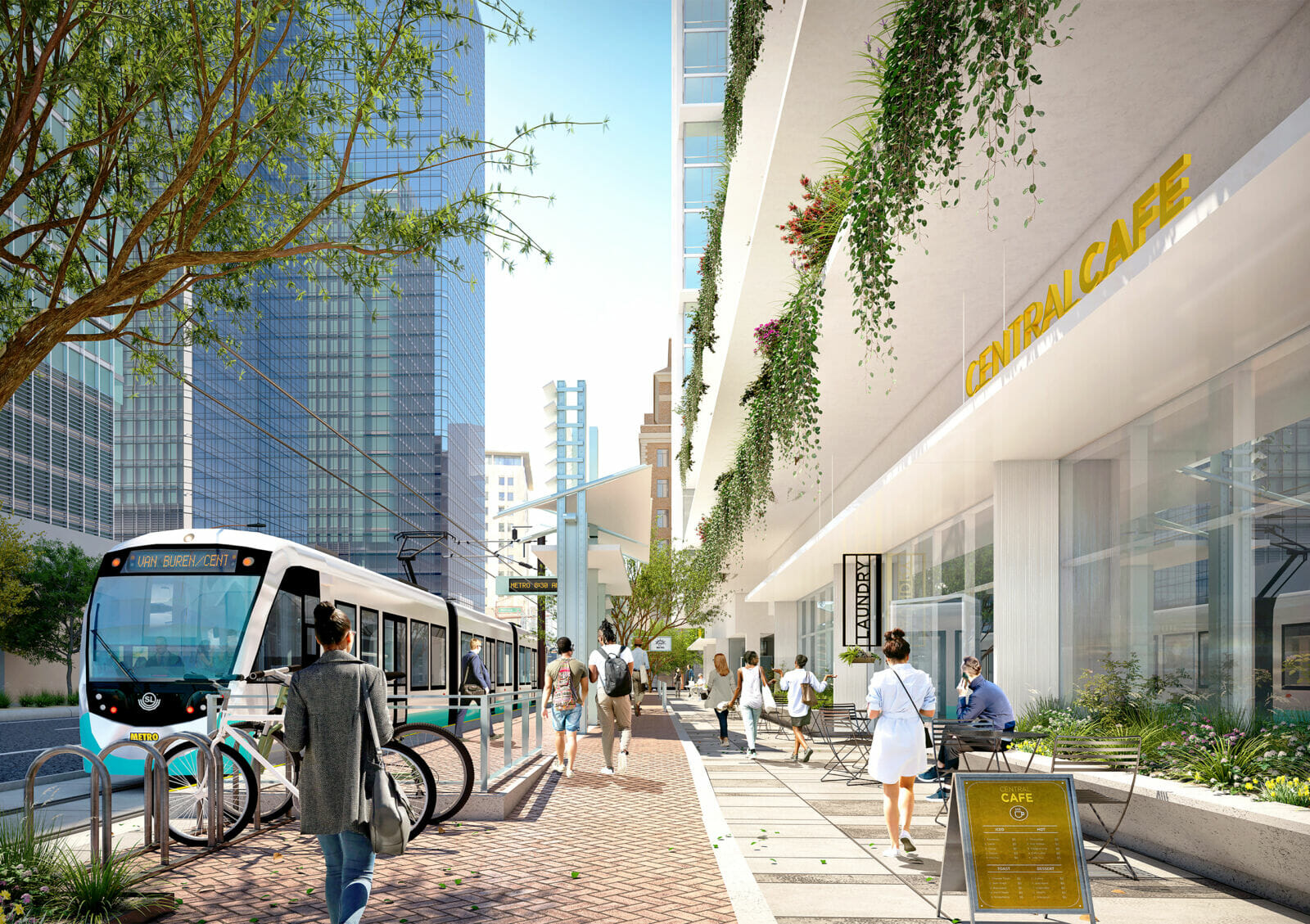
ARIZONA—How Redevelopment Strategy Created a Dynamic Downtown Phoenix
Devin Harrell, AZ Big Media, May 17 2024
Downtown Phoenix has experienced a significant revitalization driven by three key factors: the rise of the bioscience industry, adaptive reuse of historic buildings, and the growth of multifamily housing. Through initiatives like the “18-hour economy” and residential development encouragement, the city has exceeded population expectations, drawing diverse demographics to its urban core.
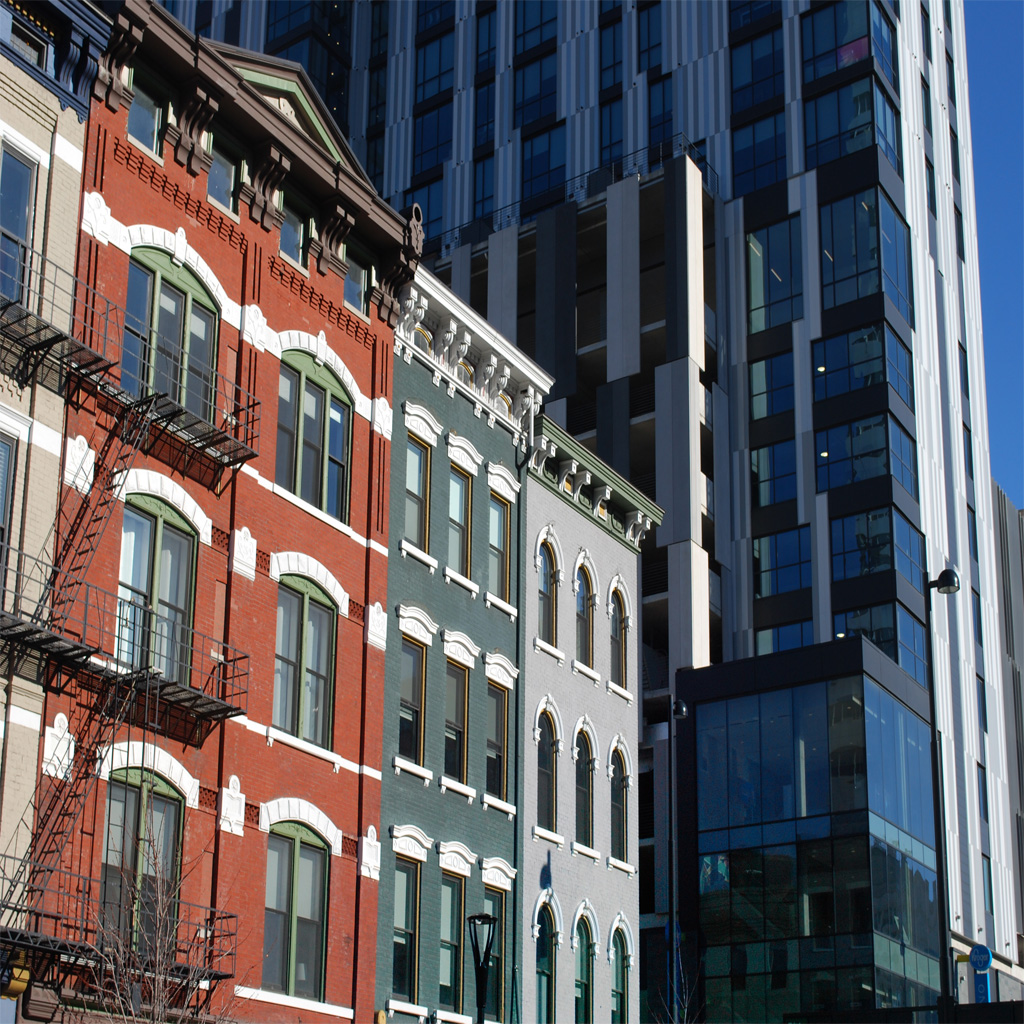
OHIO—What Is ‘Connected Communities’? Key Vote for Cincinnati Zoning Overhaul Set for Friday
Andrew Rowan, WCPO, May 16 2024
The Cincinnati Planning Commission is set to review the city’s most significant zoning overhaul in decades, known as the “Connective Communities” initiative, aiming to enhance accessibility, diversity, and sustainability. The plan involves streamlining zoning regulations to facilitate the construction of “middle housing” near neighborhood business districts and major transit corridors, in line with the city’s goal to address housing supply challenges and encourage urban development.

Modular Adaptive Reuse of Parking Structure Grants Future Flexibility
Marissa Kasdan, Building Design + Construction, May 15 2024
Buffalo NY, Hartford CT, San Jose CA, and Austin TX have all eliminated parking minimums for new residential developments, reflecting a broader trend towards sustainable and affordable housing. This shift not only reduces housing expenses by separating parking costs but also opens opportunities for adaptive reuse of existing parking structures, as seen in projects like Park House 2.0, which proposes phased conversions to accommodate changing market demands and driving habits
while maximizing flexibility and value.
International TOD News
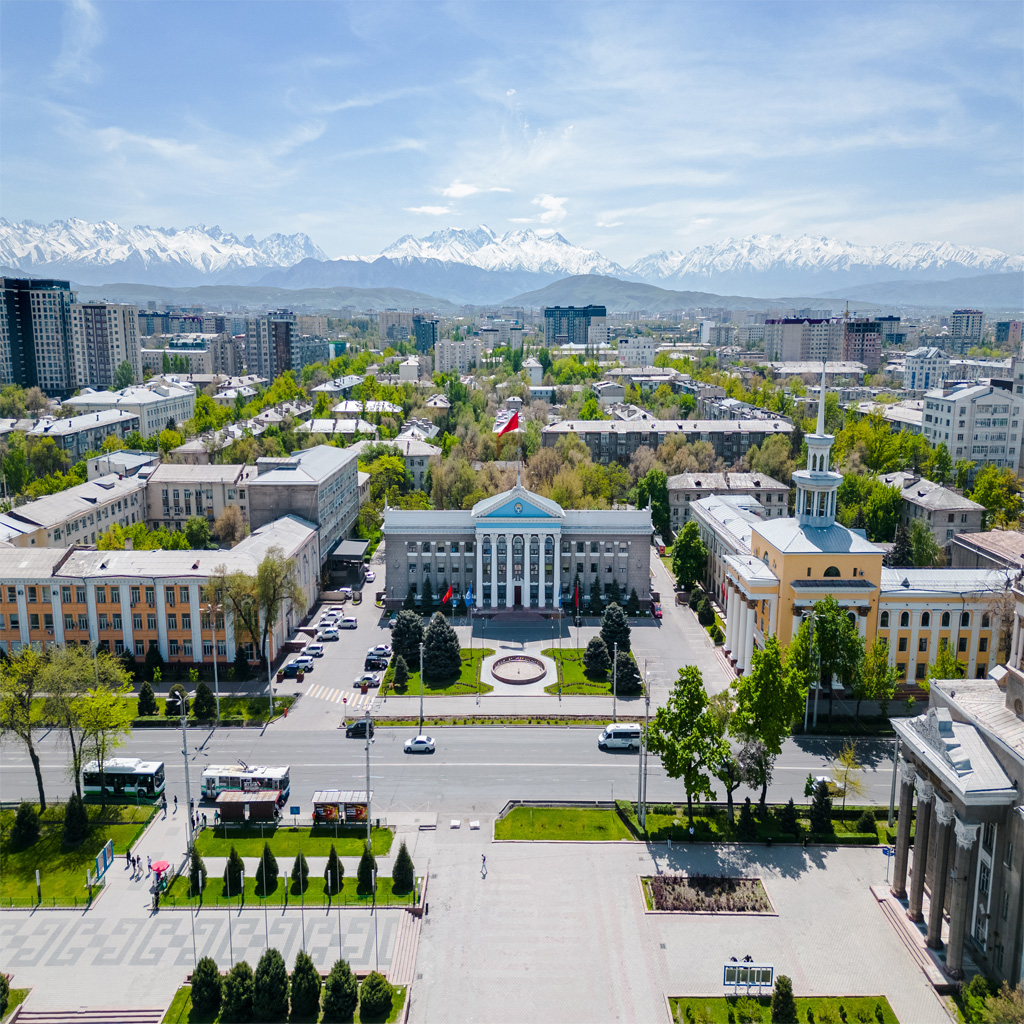
KYRGYZSTAN—Bishkek Bets on Bikes and Buses
Staff Writer, The Times of Central Asia, May 17 2024
The Bishkek Mayor’s Office has approved a new plan to enhance the city’s public transit infrastructure between 2024 to 2030. The mayor’s approach includes expanding bike lanes, transit service, and redesigning street layouts. Seven park-and-ride lots will also be established to support transit ridership. The plan aims to facilitate a multi-modal transit network that integrates regional bus and rail routes, aiming to reduce car usage by 20 percent and cut congestion by 30 percent by 2030.

AUSTRALIA—Planning Australia Futures: Green Light for Transport Oriented Development?
Denis Bright, Australian Independent Media, May 13 2024
The reintroduction of Transport Oriented Development (TOD) in New South Wales represents a significant positive shift in Australian politics, targeting housing affordability and urban sustainability. Led by NSW Planning Minister Paul Scully, the initiative aims to revitalize urban systems around major metro and rail stations, promising well-designed, affordable housing in vibrant, connected communities.

CANADA—Transit-Oriented Communities Being Developed Are Struggling to Meet Their Promise
Bita Gharadaghi, Toronto Star, May 11 2024
Urban designer Bita Gharadaghi shares her insights on the evolving landscape of Transit-Oriented Communities (TOCs) across Ontario. Drawing from her personal experiences in suburban Vaughan and graduate research at the University of Toronto, Gharadaghi discusses the connection between poor infrastructure and a lack of social cohesion, advocating for more pedestrian-friendly improvements. She calls for more piece-meal development and collaboration among stakeholders to ensure TOCs are truly inclusive, reflecting the diversity of its residents.

